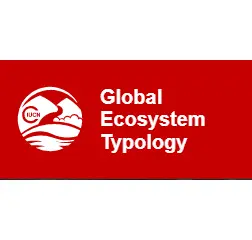About Ecosystem restoration
Ecosystem restoration manifests through actions as varied as new mangroves, grass or other plantings, natural or assisted regeneration, agroforestry, soil enhancement measures, or improved and sustainable management to accommodate a mosaic of land, aquatic, or marine uses.
Any degraded ecosystem including agricultural areas, savannah, wetlands, protected wildlife reserves, fisheries, managed plantations, riversides, coastal areas and many others may offer opportunities for improvement through restoration. Ecosystem restoration could focus on re-establishing ecological integrity on a hillside or a sea grass bed to the large-scale landscape restoration of a plateau or mountain range.
The tangible benefits of the Decade can be viewed through the lens of the Sustainable Development Goals (SDGs) such as substantial Nature-based Solutions for climate change mitigation and adaptation, water and food security, poverty reduction, economic growth and biodiversity conservation.














